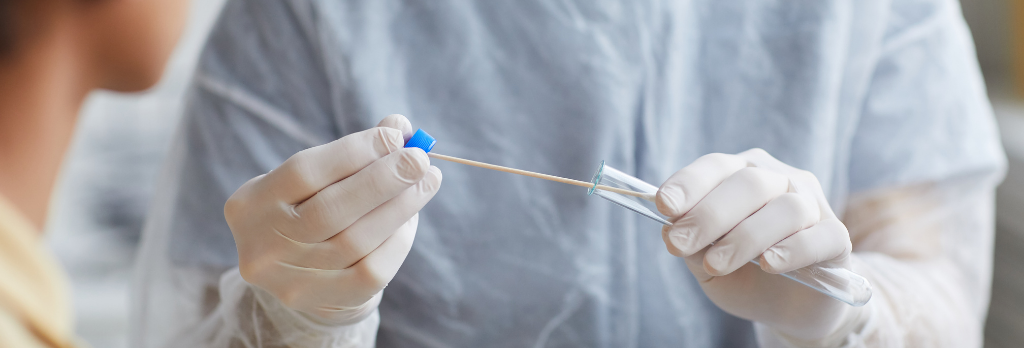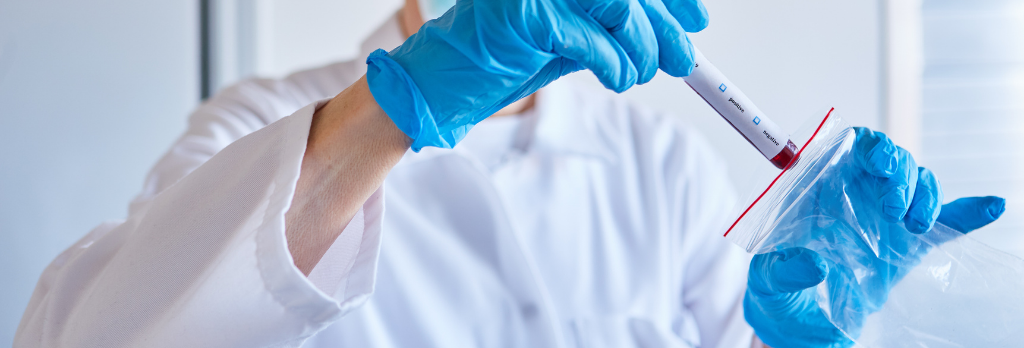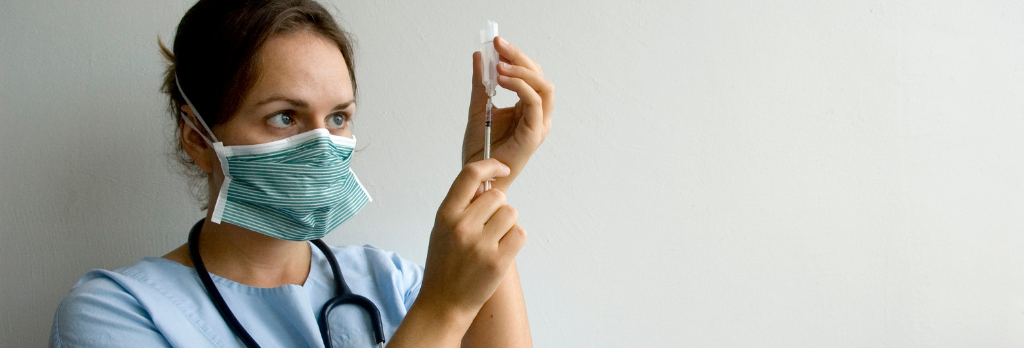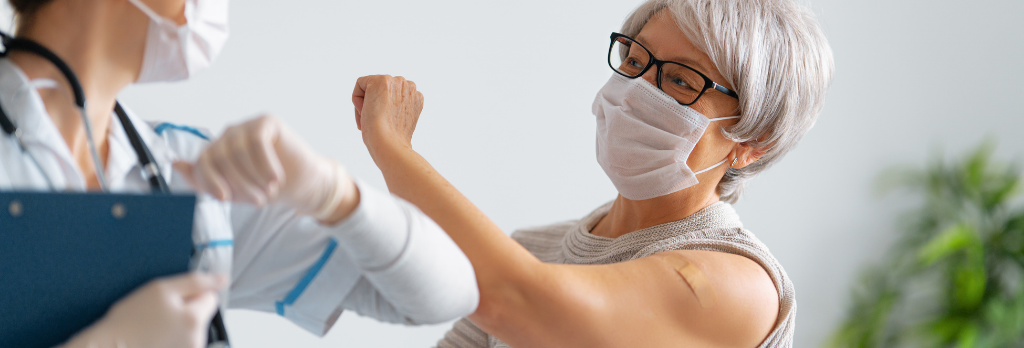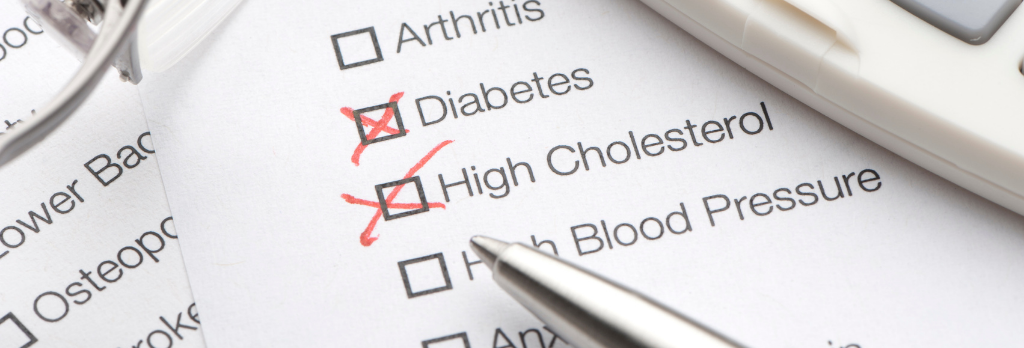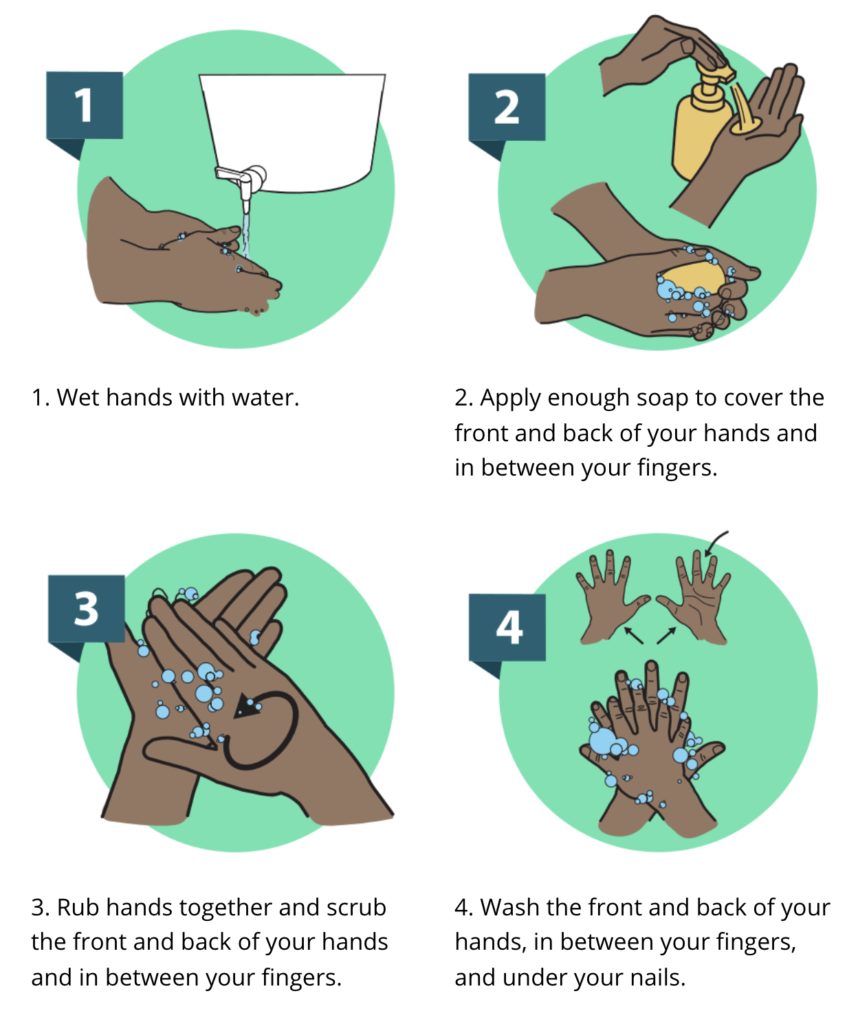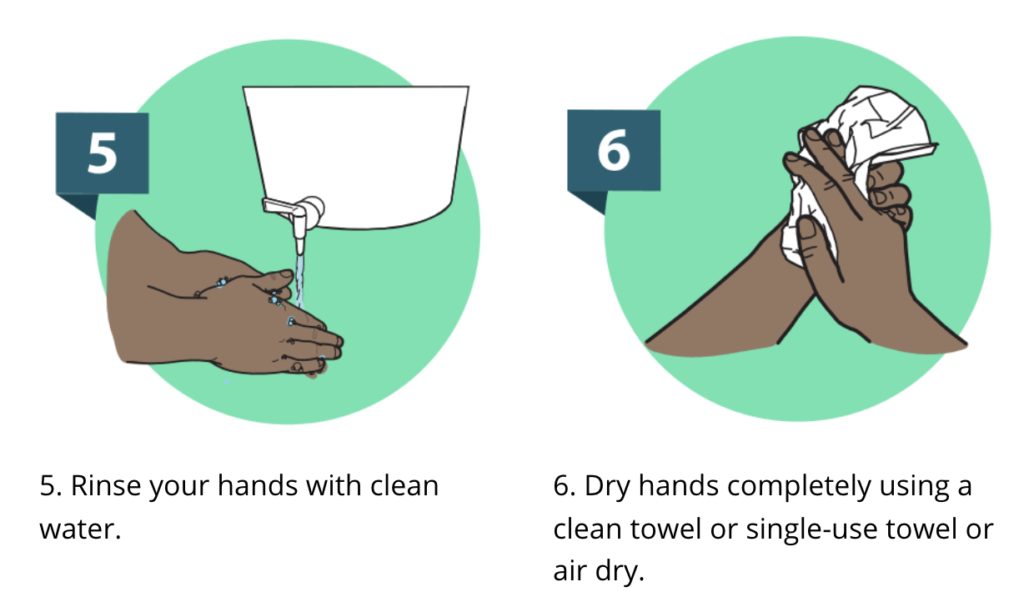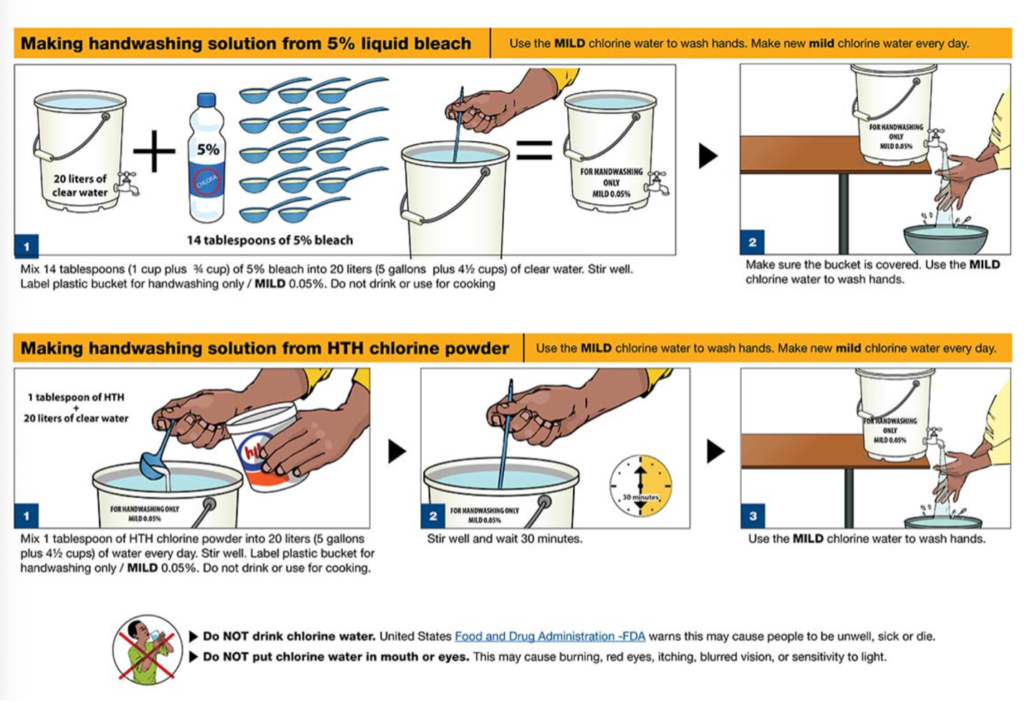Testing Strategies for COVID-19
April 18, 2022Diagnostic Testing
Diagnostic testing is intended to identify current infection in individuals and should be performed on anyone that has signs and symptoms consistent with COVID-19 and/or following recent known or suspected exposure to SARS-CoV-2.
Examples of diagnostic testing include:
- Testing anyone with symptoms consistent with COVID-19
- Testing vaccinated and unvaccinated people who were exposed to someone with a confirmed or suspected case of COVID-19
Screening Testing
Screening tests are intended to identify people with COVID-19 who are asymptomatic and do not have known, suspected, or reported exposure to SARS-CoV-2. Screening helps to identify unknown cases so that measures can be taken to prevent further transmission.
Examples of screening include testing:
- Employees in a workplace setting
- Students, faculty, and staff in a school setting
- A person before or after travel
- Someone at home who does not have symptoms associated with COVID-19 and no known exposures to someone with COVID-19
Public Health Surveillance Testing
Public health surveillance is the ongoing, systematic collection, analysis, and interpretation of health-related data essential to the planning, implementation, and evaluation of public health practice. See CDC’s Introduction to Public Health Surveillance.
Public health surveillance testing is intended to monitor community- or population-level outbreaks of disease, or to characterize the incidence and prevalence of disease. Surveillance testing is performed on de-identified specimens, and thus, results are not linked to individual people. Public health surveillance testing results cannot be used for individual decision-making.
Public health surveillance testing may sample a certain percentage of a specific population to monitor for increasing or decreasing prevalence, or to determine the population effect from community interventions such as social distancing. An example of public health surveillance testing is when a state public health department develops a plan to randomly select and sample a percentage of all people in a city on a rolling basis to assess local infection rates and trends.
Regulatory Requirements for Diagnostic, Screening, and Public Health Surveillance Testing
Any laboratory or testing site that performs diagnostic or screening testing must have a Clinical Laboratory Improvement Amendments (CLIA) certificate and meet all applicable CLIA requirements. For more information, see the Centers for Medicare & Medicaid Services CLIA websiteexternal icon. Tests used for SARS-CoV-2 diagnostic or screening testing must have received an Emergency Use Authorization from the U.S. Food and Drug Administration (FDA) or be offered under the policies in FDA’s Policy for COVID-19 Testsexternal icon.
Tests used for SARS-CoV-2 public health surveillance on de-identified human specimens do not need to meet FDA and CLIA requirements for diagnostic and screening testing.
Reporting Diagnostic, Screening, and Public Health Surveillance Testing Results
Both diagnostic and screening testing results should be reported to the people whose specimens were tested and/or to their healthcare providers.
In addition, laboratories that perform diagnostic and screening testing must report positive diagnostic and screening test results to the local, state, tribal, or territory health department in accordance with Public Law 116-136, § 18115(a), the Coronavirus Aid, Relief, and Economic Security (CARES) Act. As of April 4, 2022, laboratories are no longer required to report negative results for non-NAAT tests (rapid or antigen test results). The Department of Health and Human Services published guidance on COVID-19 Pandemic Response, Laboratory Data Reporting: CARES Act Section 18115pdf iconexternal icon that specifies what data, in addition to test results, laboratories and testing sites should collect and electronically report.
Public health surveillance testing results cannot be reported directly to the people whose specimens have been tested and are not reported to their healthcare providers. Public health surveillance testing results (test results that are de-identified) can be reported in aggregate to local, state, tribal, or territory health departments upon request. Results from testing that is performed outside of a CLIA-certified facility or without an FDA-authorized test can only be reported to a health department if those results are used strictly for public health surveillance purposes, and not used for individual decision making.
Summary of Testing for COVID-19
| Diagnostic | Screening | Public Health Surveillance | |
| Symptomatic | Yes | No | N/A |
| Unvaccinated or vaccinated with known or suspected exposure | Yes | No | N/A |
| Unvaccinated and Asymptomatic without Known or Reported Suspected Exposure | No | Yes | N/A |
| Characterize Incidence and Prevalence in the Community | N/A | N/A | Yes |
| Testing of Personally Identifiable Specimens | Yes | Yes | No |
| Results may be Returned to Individuals | Yes | Yes | No |
| Results Returned in Aggregate to Requesting Institution | No | No | Yes |
| Results Reported to State Public Health Departments | Yes | Yes | If requested |
| Testing can be Performed in CLIA-Certified Laboratory | Yes | Yes | Yes |
| Testing can be Performed in a Non-CLIA-Certified Laboratory | No | No | Yes |
| Test System Must be FDA Authorized or be Offered under the Policies in FDA’s Guidance | Yes | Yes | No |
To learn more, please visit https://www.cdc.gov/coronavirus/2019-ncov/lab/resources/sars-cov2-testing-strategies.html

